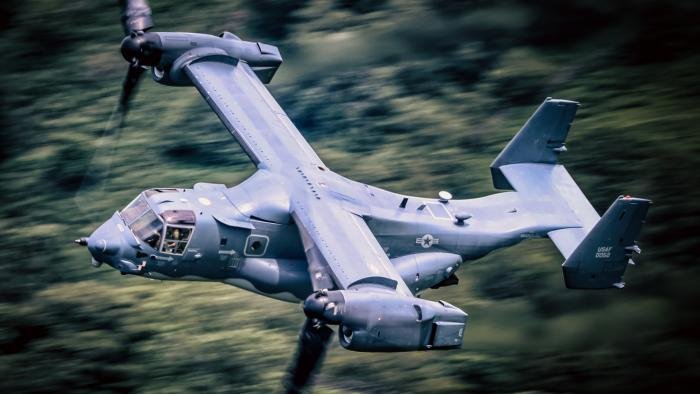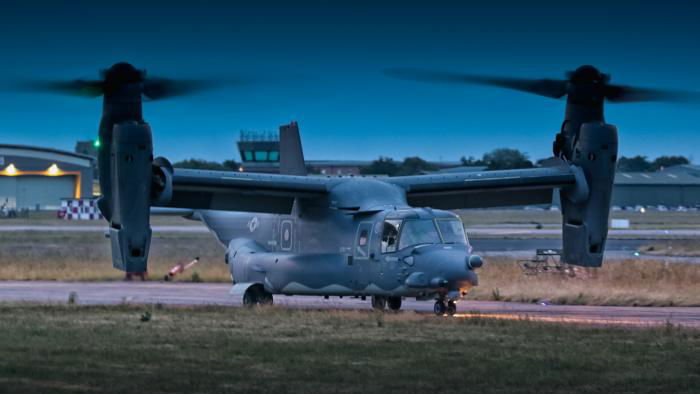On August 16, the Commander of Air Force Special Operations Command (AFSOC), Lt Gen Jim Slife directed a safety stand down of all 52 CV-22B Osprey tiltrotor aircraft in the fleet.
The grounding is understood to be due to an increased number of safety incidents within the fleet. Col Rebecca Heyse, AFSOC Public Affairs Director told Key.Aero: “Since 2017 there have been four incidents involving hard clutch engagement during flight with two occurring in the past six weeks.
“In the coming days, the AFSOC staff will work with the Joint Program Office and industry partners to fully understand this issue and develop risk control measures to mitigate the likelihood of catastrophic outcomes. Ultimately, the goal is to determine a viable long term materiel solution."

The clutch within the Osprey’s gearbox connecting the powerplant to the propeller is randomly slipping, causing a large power shift to the other engine, this is due to the built in system of the osprey’s attempt to remain airborne during a single engine failure. The problem with gearboxes and engines requires them to be replaced at an estimated cost of $2.5m.
Speaking to the Breaking Defense website about the issue, Heyse said: “If the aircrew were unable to control the aircraft when the incident occurs, it could result in loss of control and uncontrolled landing of the aircraft.
“The safety of our Airmen is of the utmost importance, therefore no AFSOC CV-22s will fly until we will determine the cause of the hard clutch engagements and risk control measures are put in place.”


